Welcome to the Newsletter Series. Ivy and I co-write a periodic newsletter. This piece is adapted from an edition of it, dated when the newsletter came out.
Since our adventure in Croatia, we spent a few days in Athens, followed by three weeks in Egypt. Aside from seeing the typical pyramids and other tourist sights, we spoke with some interesting people along the way and spent a week on an unexpected detour along the Red Sea Coast. Here we’ll share some things we learned from these times.
Athenic Chinatown
While looking for a recommended restaurant in Athens, we stumbled upon some Chinese-Greek bilingual storefronts. Taking a further gander, it turns out a whole section of town was filled with them! The shops looked slightly rundown with large vans covered in graffiti parked in front. All of them were wholesale vendors of some sort, mostly clothing and electronics.
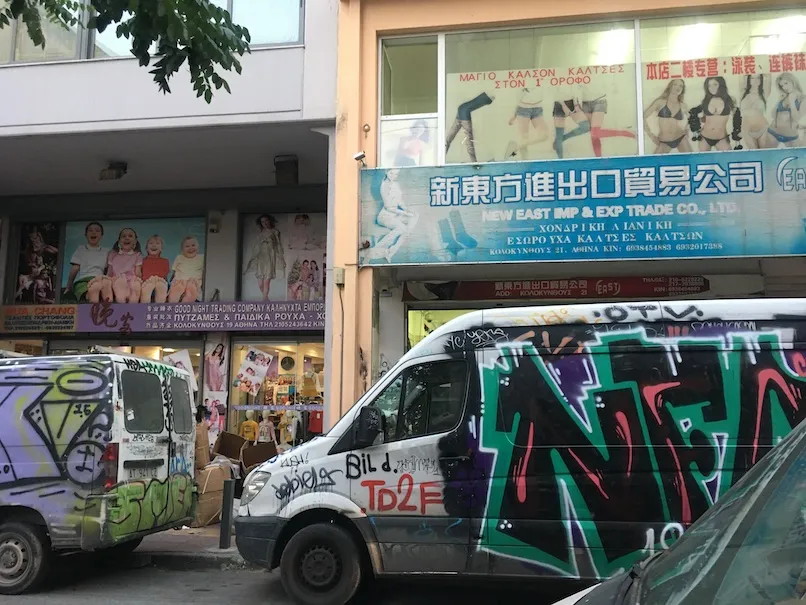
Chinese people are of course everywhere, but we did not expect such a vast population here. Talking with the store owners, it turns out Athens is the entry point for distributing goods to the rest of Greece, and these people have that corner of the industry locked down.
Many of them came to Greece from China around the time our parents immigrated to US/Canada, similarly looking for a better life. The difference is that many of these people came from uneducated small towns like the ones that opened Ivy’s eyes. In fact, many of them came from that exact small town. They didn’t have the same options of emigrating elsewhere on college visas like our parents did. Here we could see they applied the same hustle as what Ivy saw in China, while at the same time we heard stories similar to our parents’ about the struggles around language and getting started in a completely foreign country.
Some of the working staff who didn’t yet have a strong grasp of the Greek language and culture had just immigrated over. They said right now the competition is too fierce in China, and cost of living is becoming too high, so they wanted to move somewhere that was cheaper.
A Snapshot of Modern Egypt
Religion
Egypt being part of North Africa was supposed to be our Africa Lite intro before we fly deeper into Kenya or Nigeria. Turns out it’s not like the rest of Africa at all since it’s practically part of the Middle East and the population is almost all Muslim Arabs (90%) with a small Christian minority (6% or so).
One’s ID card states one’s religion. Although everyone we talked to say that Muslims and Christians are all brothers and sisters in regular life, going to school together in all except religion classes, there are restrictions associated with your religion.
One we came across is that Christians are not allowed on certain highways (forcing them, along with tourists, to take longer routes) and only during daylight hours. The government claims that it’s for the safety of tourists and Christians and that these roads are only safe for Muslims. These roads run in the middle of the desert so we really don’t know who’s hiding out there waiting dehydrated and sunburnt to hurt us.
One pro is that only foreigners and Christians are allowed alcohol licenses, resulting in the only bars one can find being in the expat areas of Cairo and only 2 bars in the entire beach town that was a diving hotspot.
We did learn that even though alcohol is haram (forbidden) in Islam, people (especially upper class, foreign educated) do drink and someone described a wedding he attended in the lower class slums as being full of beer and weed.
Culture

So how much of Egypt is Arab culture vs that of the Ancient Egyptians who built the pyramids? Ancient Egyptians are long gone after Greeks, Roman Catholics, Persians, and Arabs came and went and came again.
Media consumption is very Arab. Egyptian Cinema is the heart of all Middle Eastern Cinema — The Yacoubian Building is a good introductory film if you’re interested. Every taxi driver, restaurant, lobby are all playing Arab music. When scrolling through the Facebook feed of our tour guide in Luxor, an ancient capital with present populations around half a million, it was full of memes in Arabic from Egyptian TV. We also heard that Tik Tok has hit Egypt by a storm and even saw some kids filming for it.
Wealth Gap
Like every other developing country we’ve been to, the upper class go abroad to get educated with a good amount coming back to Egypt after graduation seeing more opportunity in Egypt’s growth. The middle class aspire to go abroad, studying at private schools and going to Egypt’s top English universities like American University of Cairo. The lower class, which include ⅓ of the population living below the poverty line at $100 a month, don’t have such opportunities. Official stats may not be accurate however: we read and heard that the unofficial economy, that is the amount of cash not declared in taxes, is at least as big as the official economy.
In many areas, wealthy communities are on the borders of slums, though closed off. This is because when the wealthy move in, there’s now a need for cleaners, nannys, drivers, security etc and so a slum pops up as well. The slums are tightly packed, with narrow roads and no official addresses.
To see the contrast of the geographies, below is a slum, the middle class neighborhood we stayed in, and a rich suburb, respectively, all zoomed to the same level.
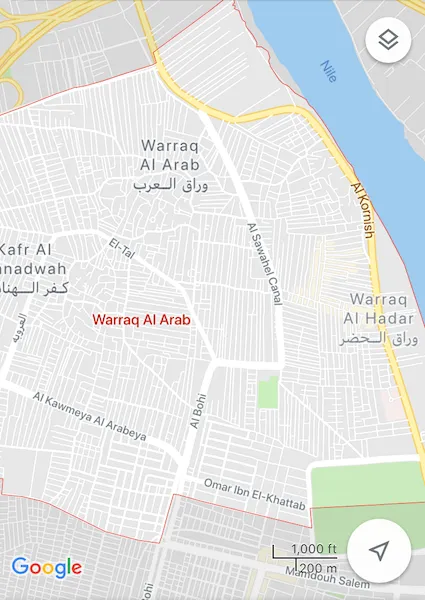
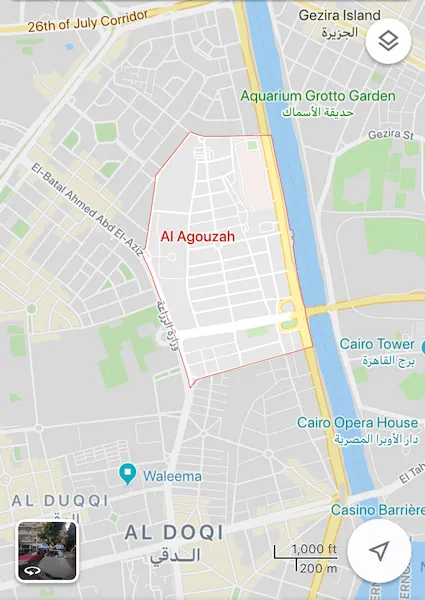
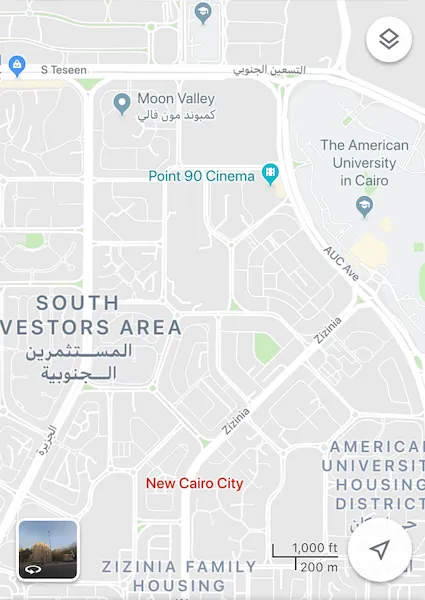
More of the affluent are beginning to move farther away from the downtown to create some distance, like the NIMBY situation in the Bay Area. In New Cairo, which is a good 40 min drive away, you’ll find suburbs lined with mansions and western shopping malls (not found in downtown). Below is a regular street vs a street in New Cairo:
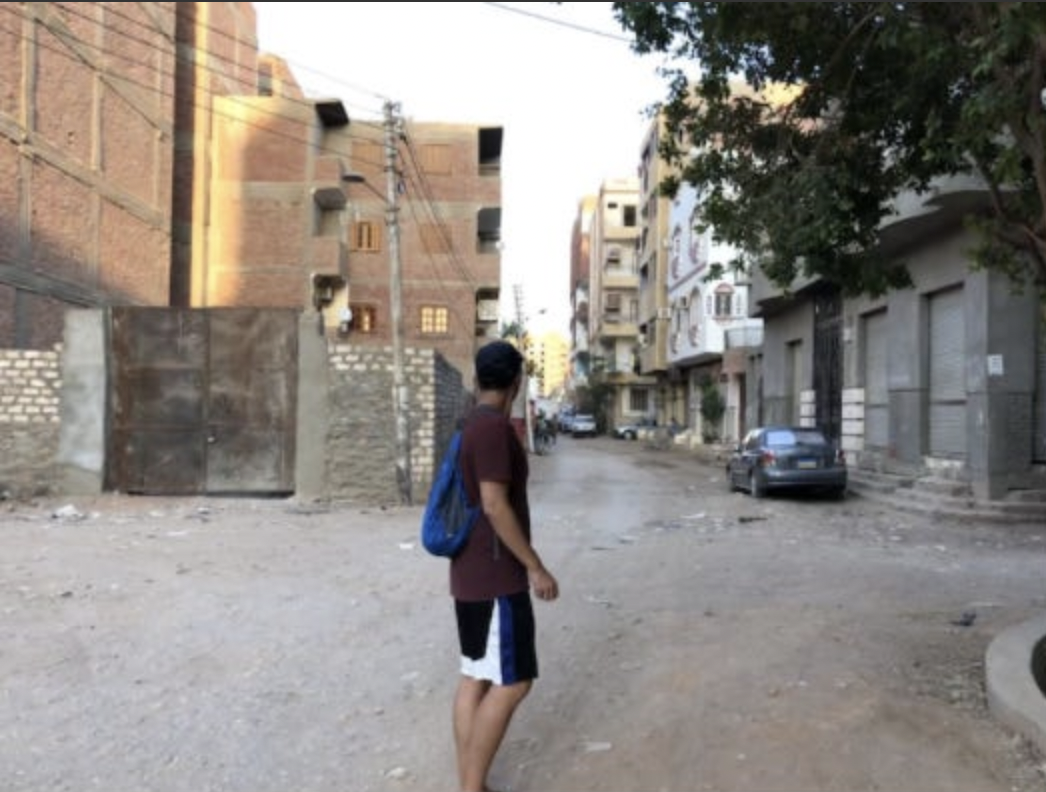
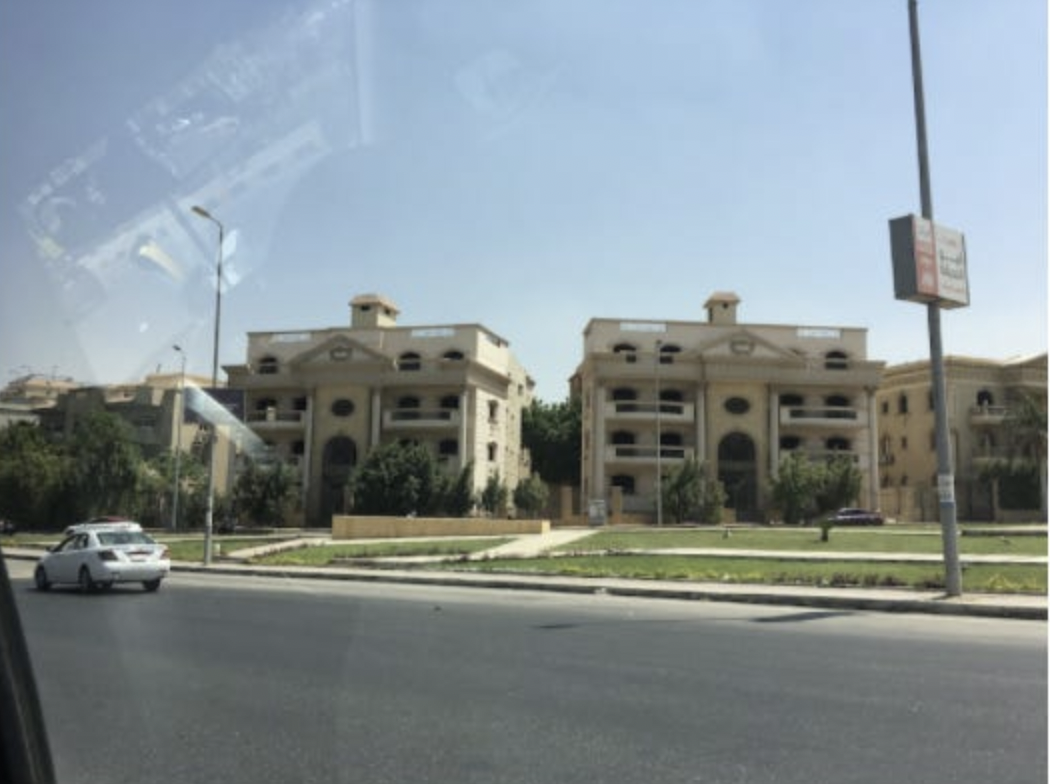
A new capital is also being spun out, similar to what’s happening in Indonesia, in order to move government away from the polluted, overcrowded capital. The government accounts for 6 million of the 20 million in Cairo.
The Tech Space
Because of economic issues and the poor Egyptian Pound to Dollar, the tech scene faces a brain drain. As we mentioned, middle-class Egyptians educated at top schools in Egypt want to go abroad - many go to UAE, Germany, or to the US if they can.
Only upper class who can live a better quality of life in Egypt with less competition in the career front choose to move back to Egypt and take the risk of being an entrepreneur since they are standing on solid ground (family wealth).
The other problem in Egypt’s tech space is government bureaucracy. The government employs nearly a third of Cairo’s population and military service is required. From what we’ve heard, the government has even tried to copy successful startups.
The government dominates certain industries, like real estate, making it very difficult for private companies to compete on access to resources and cheap labor. For example, soldiers are used for construction and government-funded projects receive high subsidies.
However, in verticals the government is not interested in, there are groups of Egyptian startups making their mark with localized products. Take Halan for example, a logistics and delivery platform targeting the lower classes. As we saw, the slums are narrow and do not have formal addresses. To deal with this issue, most of the vehicles they employ are tuk tuks and motorcycles, and the app allows for delivery directly to the person via live GPS location instead of setting an address.
As another example, we met an entrepreneur working on a browser that subsidizes for data costs with ads to bring more people online — even in our middle class neighborhood Airbnb, there were frequent power outages and WiFi was terrible so we had to rely heavily on data. In the slums, where people can’t afford that data, a whole building may share one neighbor’s WiFi.
The Best Dives on Earth
Unbeknownst to us going in, Egypt has several of the top dive spots in the world, according to just about every listicle. Our original route included a one-day pitstop along the coast on our way to Israel. We loved it so much we kept adding on more days and more diving. By the end, we had stayed over a week and not only got our PADI licenses, but our advanced ones as well!
If you’re ever in the area, we cannot recommend it enough. In Marsa Alam, you can dive with dolphins (we saw 2 on our first snorkel off the beach!), manatees, whale sharks (we missed a sighting by an hour), and more! The coral is so vibrant and teeming with life. The water so blue and crystal clear, you have upwards of 40m of visibility in it.
In Dahab, though there aren’t as many big underwater animals, you can get your PADI for cheaper than in Thailand and still enjoy the wonders of the Red Sea. On one dive there we swam along a giant wall of coral. To one side you have the equivalent of The Wall, except rainbow-colored, and in every other direction, including below, you have the endless ocean. It actually felt like we were flying.
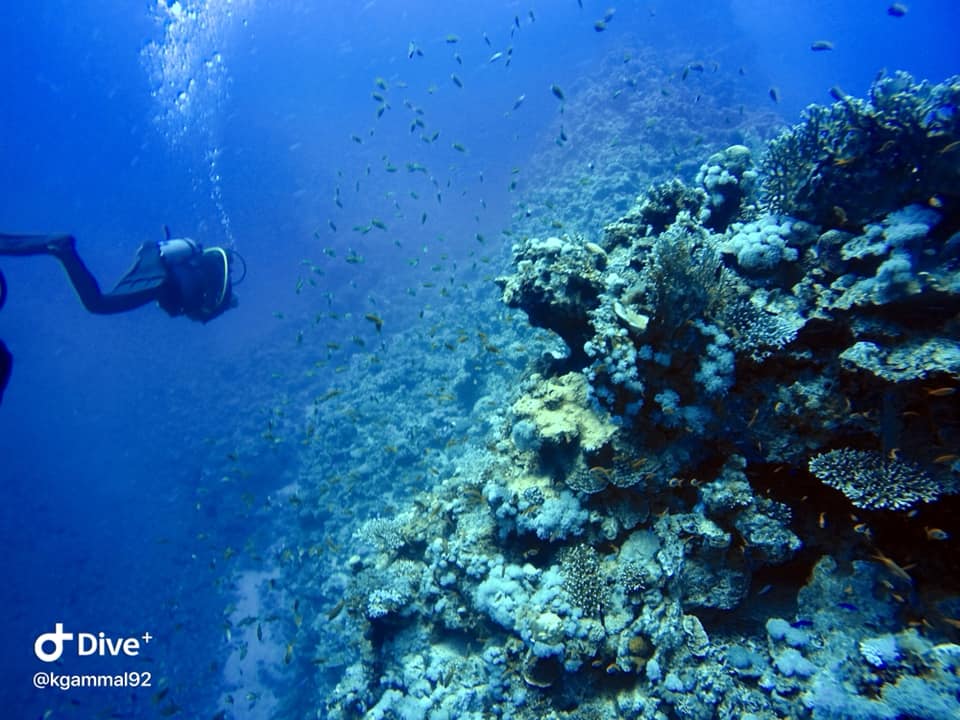
Photo taken by our dive instructor. Still doesn't do the real thing justice though
Both of us had done a discovery dive elsewhere before and found our experiences lukewarm. Egypt completely changed that perception. Similar to what we get from hiking, we also felt that awe for the underwater nature here. It was as if we unlocked a whole new part of the earth’s landscape to see. At one point we got to descend a canyon 30m under. It was like base jumping down it but in slow motion, you could examine every crack and crevice as you fell.
That’s it for Egypt! Honestly, it’s such an underrated travel destination. It is extremely cheap to travel here if you organize it yourself and not through a tour company, although the infrastructure is not well built out for that yet. For example, our 3.5-hour bus ride from Dahab to the Taba border with Israel was only $5USD! Ivy wrote a guide covering tips like this if you do want to travel here without a tour. There’s plenty to do and see, we are seriously thinking about going back just for the diving!